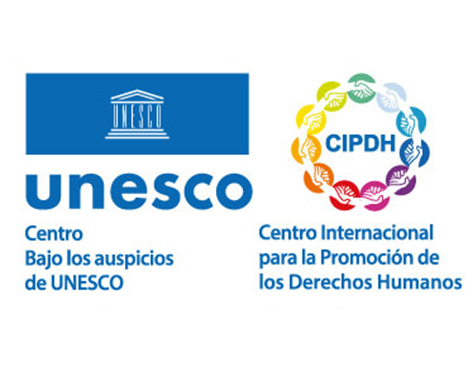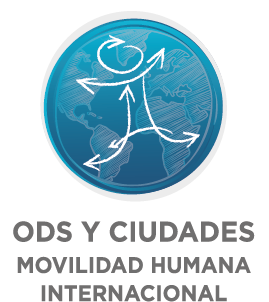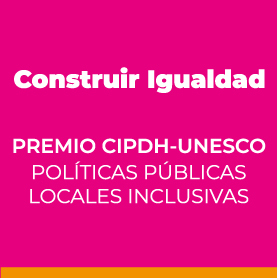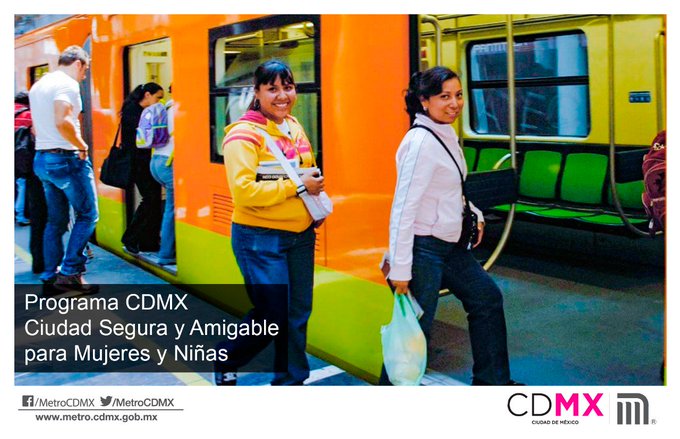
- Region
- Latin America and the Caribbean
- Range of Demographic Size
- 1,000,000 inhabitants or more (metropolis)
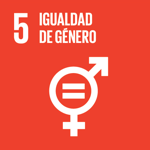
5.1 End all forms of discrimination against all women and girls everywhere in the world.
5.2 Eliminate all forms of violence against all women and girls in the public and private spheres, including trafficking and sexual and other types of exploitation.
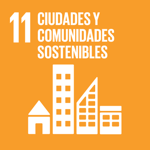
11.1 By 2030, ensure access for all to adequate, safe and affordable housing and basic services and upgrade slums.
11.2 By 2030, provide access to safe, affordable, accessible and sustainable transport systems for all, improving road safety, notably by expanding public transport, with special attention to the needs of those in vulnerable situations, women, children, persons with disabilities and older persons.
11.3 By 2030, enhance inclusive and sustainable urbanization and capacity for participatory, integrated and sustainable human settlement planning and management in all countries.
11.7 By 2030, provide universal access to safe, inclusive and accessible, green and public spaces, in particular for women and children, older persons and persons with disabilities.
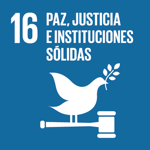
16.1 Significantly reduce all forms of violence and related death rates everywhere.
11.2 By 2030, provide access to safe, affordable, accessible and sustainable transport systems for all, improving road safety, notably by expanding public transport, with special attention to the needs of those in vulnerable situations, women, children, persons with disabilities and older persons.
11.6 By 2030, reduce the adverse per capita environmental impact of cities, including by paying special attention to air quality and municipal and other waste management.
11.7 By 2030, provide universal access to safe, inclusive and accessible, green and public spaces, in particular for women and children, older persons and persons with disabilities.
11.b By 2020, substantially increase the number of cities and human settlements adopting and implementing integrated policies and plans towards inclusion, resource efficiency, mitigation and adaptation to climate change, resilience to disasters, and develop and implement, in line with the Sendai Framework for Disaster Risk Reduction 2015-2030, holistic disaster risk management at all levels.
B - Rights, needs, responsibilities and requirements of girls, boys, adolescents and youth
E - Gender equality
G - Territorial inequality, spatial mobility and vulnerability
• Inter-American Convention on the Prevention, Punishment, and Eradication of Violence against Women (Convention of Belém do Pará)
Convention on the Rights of the Child (CRC).
Convention on the Elimination of all Forms of Discrimination Against Women (CEDAW).
Declaration on the Elimination of Violence Against Women.
Universal Declaration of Human Rights (UDHR).
International Covenant on Civil and Political Rights (ICCPR).
International Covenant on Economic, Social and Cultural Rights (ICESCR).
Others
Summary
“Safe and Friendly Mexico City for Women and Girls” is a program designed to prevent and address violence against women and girls in Mexico City’s public transport and public spaces. The Program was conceived as part of the execution of a Memorandum of Understanding between Mexico City and UN Women, and Mexico City’s adherence to the “Safe Cities Free of Violence against Women and Girls Global Programme” in March 2015.
The policy design was built upon a diagnosis study funded by UN Women and the Women Institute of Mexico City (Inmujeres CDMX), and conducted by an interdisciplinary team of COLMEX. The study encompassed a research about the uses of and needs for public transport and spaces by women from 15 to 34 years old, the systematization and analysis of violence and insecurity statistics sources, and a geo-referenced analysis of crimes mapped to the public transport network. The program design and implementation include five components: i) Travel safe; ii) Walk safe; iii) Get involved and contribute to your safety; iv) Sensitive and supportive government, and v) Information and cultural change campaigns.
Implementation Date:
Start: 11 / 24 / 2015
End: End: Currently in force
Children and teenagers
Advice
Awareness and/or information campaigns
Education and training
Systems of production, survey, systematization and monitoring of information (data)
Building of partnerships, networks, associations and coalitions
Creation of entity/plan/programme
National government
- Email: tinchaustegui@cdmx.gob.mx
- Web: https://semujeres.cdmx.gob.mx
- Telephone: 5 512-2836 Extensiones: 101, 106, 153.
- Social Network:
Instrumentos

5.1 End all forms of discrimination against all women and girls everywhere in the world.
5.2 Eliminate all forms of violence against all women and girls in the public and private spheres, including trafficking and sexual and other types of exploitation.

11.1 By 2030, ensure access for all to adequate, safe and affordable housing and basic services and upgrade slums.
11.2 By 2030, provide access to safe, affordable, accessible and sustainable transport systems for all, improving road safety, notably by expanding public transport, with special attention to the needs of those in vulnerable situations, women, children, persons with disabilities and older persons.
11.3 By 2030, enhance inclusive and sustainable urbanization and capacity for participatory, integrated and sustainable human settlement planning and management in all countries.
11.7 By 2030, provide universal access to safe, inclusive and accessible, green and public spaces, in particular for women and children, older persons and persons with disabilities.

16.1 Significantly reduce all forms of violence and related death rates everywhere.
11.2 By 2030, provide access to safe, affordable, accessible and sustainable transport systems for all, improving road safety, notably by expanding public transport, with special attention to the needs of those in vulnerable situations, women, children, persons with disabilities and older persons.
11.6 By 2030, reduce the adverse per capita environmental impact of cities, including by paying special attention to air quality and municipal and other waste management.
11.7 By 2030, provide universal access to safe, inclusive and accessible, green and public spaces, in particular for women and children, older persons and persons with disabilities.
11.b By 2020, substantially increase the number of cities and human settlements adopting and implementing integrated policies and plans towards inclusion, resource efficiency, mitigation and adaptation to climate change, resilience to disasters, and develop and implement, in line with the Sendai Framework for Disaster Risk Reduction 2015-2030, holistic disaster risk management at all levels.
B - Rights, needs, responsibilities and requirements of girls, boys, adolescents and youth
E - Gender equality
G - Territorial inequality, spatial mobility and vulnerability
• Inter-American Convention on the Prevention, Punishment, and Eradication of Violence against Women (Convention of Belém do Pará)
Convention on the Rights of the Child (CRC).
Convention on the Elimination of all Forms of Discrimination Against Women (CEDAW).
Declaration on the Elimination of Violence Against Women.
Universal Declaration of Human Rights (UDHR).
International Covenant on Civil and Political Rights (ICCPR).
International Covenant on Economic, Social and Cultural Rights (ICESCR).
Others
Location
- Region
- Latin America and the Caribbean
- Range of Demographic Size
- 1,000,000 inhabitants or more (metropolis)
Contact details
- Email: tinchaustegui@cdmx.gob.mx
- Web: https://semujeres.cdmx.gob.mx
- Telephone: 5 512-2836 Extensiones: 101, 106, 153.
- Social network:

